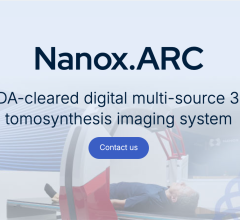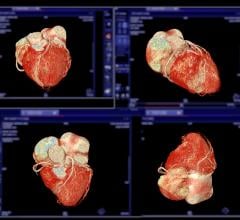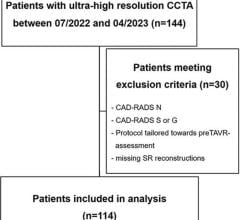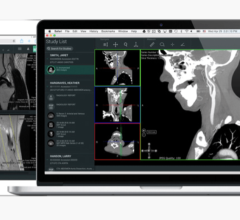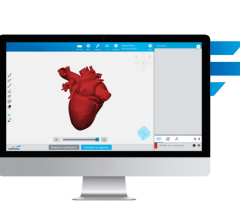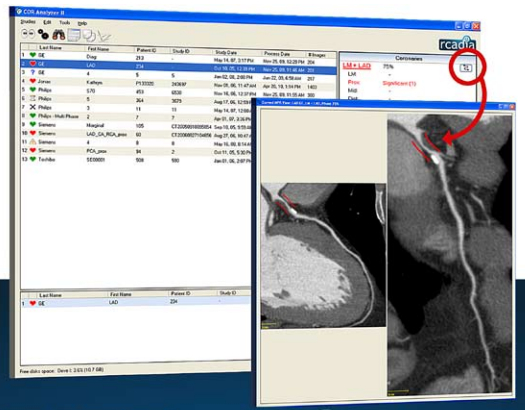
There has been much debate whether computer-aided detection software for computed tomography (CT) to detect coronary blockages is really a worthwhile expense. There has long been apprehension by experienced cardiologists and radiologists who can easily read coronary CT angiography (CCTA) scans for plaque burden. However, the technology may have a niche application for immediate STAT reads of chest pain patients during off-hours, especially at rural medical centers.
Computer-aided detection software is used as a second set of eyes when reading radiology studies for breast or lung cancer and virtual colonoscopy. The software highlights areas that have a high probability of disease based on the optical review data from thousands of radiology studies.
Coronary artery disease blockages are more clear-cut to visualize on good-quality CCTA scans by experienced readers, rather than the detection of the sometimes-subtle shadows of lung cancer. But, at rural hospitals or emergency departments where radiologist experience reading CCTA might be limited, this software may offer a better triage tool. The software can immediately detect if there is coronary disease or not. The software was highlighted during a recent session the Society of Cardiac Computed Tomography (SCCT) annual meeting.
While a diagnosis should not be made solely by software, the absence of disease detection on a CT by the system will generally rule out coronary artery disease, said Robert Schwartz, M.D., FACC, professor of medicine at University of Minnesota Medical School, medical director at the Minnesota Cardiovascular Research Institute and a cardiologist at the Minneapolis Heart Institute. He said CT has a proven, high degree of negative predictability, so if CCTA scan shows there is no evidence of heart disease, it is extremely likely restricted blood flow in the coronary arteries is not the cause of chest pain.
Rcadia Medical Imaging offers the COR Analyzer automated computer-aided detection software for CCTA. It detects coronary lesions, highlights the anatomy and the measures the size of the lesion and degree of anatomical vessel blockage.
“It’s not perfect, but it’s pretty good,” Schwartz said.


 November 13, 2025
November 13, 2025 

